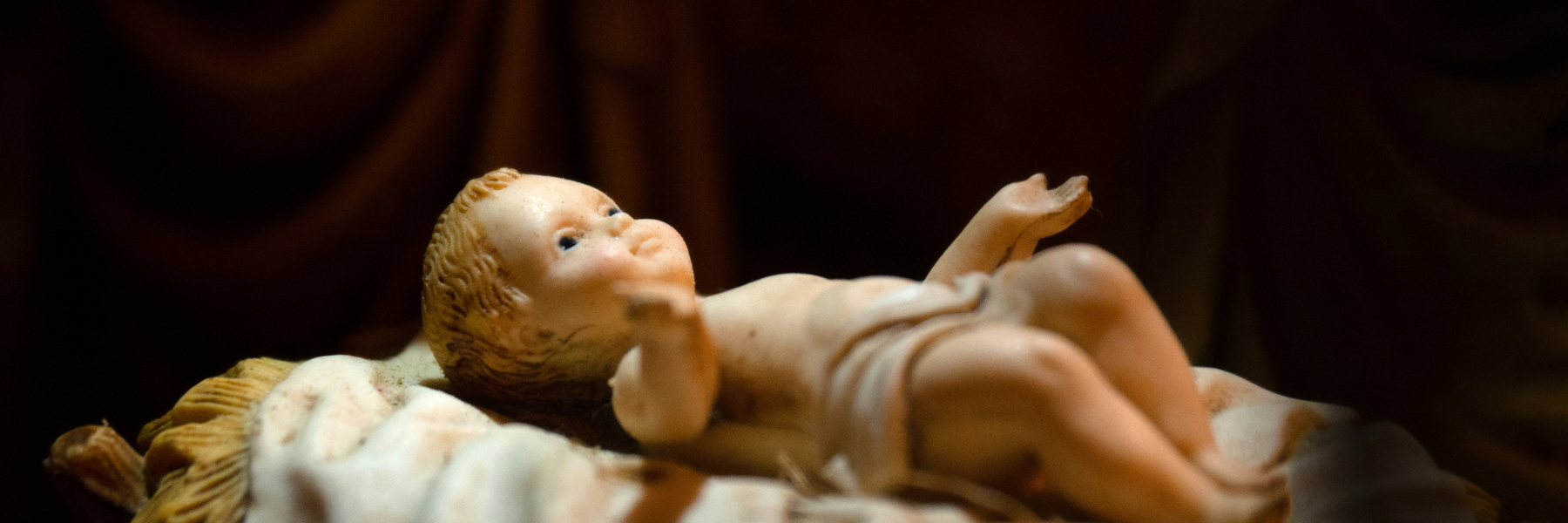

The Saints of Holy Week: Walking with Those Who Walked with Jesus
The stories of so many saints intertwine with the Story of Salvation during the Passion, Death, and Resurrection of the Lord.
The stories of so many saints intertwine with the Story of Salvation during the Passion, Death, and Resurrection of the Lord. As we enter into Holy Week, let us learn from these holy men and women and invite them to walk with us on our own journey with Christ.

Saint Peter
St. Peter plays a prominent but inglorious role in the story of Holy Week. While with our Lord during the Last Supper and in the Garden, Peter’s passion gets the better of him–professing his willingness to die for Christ and cutting off the ear of a servant during Jesus’ arrest.
Yet, as Christ was led away, Peter only “followed at a distance” and denied knowing Christ three times. He was not there for his friend during the Passion.
However, this was not the end of Peter’s story. He wept bitterly at the denial and later ran to the tomb without hesitation to see proof of the Resurrection.
Peter’s response to the Lord during the drama of the Passion is relatable in many ways; we so often fail to live up to our duties as disciples of Jesus. We can learn from Peter’s contrite heart how to repent from our sins and continually turn back to Christ.
Saint John the Apostle
Not only did St. John the Beloved sit close enough to Christ during the Last Supper to rest his head on the Lord’s breast, but he also prayed alongside him during the Agony in the Garden and was the only one of the Twelve who stood by Jesus during His passion.
Most importantly, in His final moments, Jesus entrusted his Blessed Mother to Saint John, and him to her. Through His words spoken to John, Christ speaks to every member of the Church throughout time: “Behold your Mother.”
We should seek to emulate Saint John’s faithfulness and devotion both to Jesus and His Immaculate Mother.
Saint Veronica
As Jesus carried his cross, a woman named Veronica pushed past the crowd and soldiers to wipe the sweat and blood from Christ’s face with her veil. An image of Jesus’ face remained on the cloth–a treasured relic housed in the Vatican.
Before and after her brief entrance into the Passion Narrative, St. Veronica’s life remains a mystery. One legend says that Veronica took the relic away from the Holy Land, and used it to cure the Emperor Tiberius of illness.
Her act of charity is commemorated in the Stations of the Cross; take time to reflect on St. Veronica’s courage and compassion, and see how God might be calling you to follow her example.
Saint Simon of Cyrene
Three out of the four Gospels mention St. Simon of Cyrene, who was compelled by the Roman soldiers to help Jesus carry His cross for a bit of arduous walk to Golgotha.
The Passion Narrative in the Gospel of Mark identifies Simon as "the father of Alexander and Rufus." Tradition states that they became missionaries and very possibly among the leaders of the Early Christian community in Rome.
Whether or not Simon’s actions during the Via Dolorosa were rooted in charity or in fear of retaliation remains unclear from the text, but tradition generally holds that Simon’s heart–at first begrudging the task at hand–is softened on his journey with Christ.
Saint Mary Magdalene
St. Mary Magdalene appears many times during the story of Holy Week; her steadfastness and her love shining among the darkness.
Traditionally, the Western Church conflates Mary Magdalene and Mary of Bethany who broke an alabaster flask of ointment and anointed the feet of the Lord before the Passover–symbolic of his forthcoming burial.
Mary Magdalene stood at the foot of Christ’s cross alongside the Blessed Mother, St. John, and the other women as Jesus died. She also goes to the tomb early on the third day to anoint His body, proving that not even death could stop her love of the Savior.
Mary Magdalene is one of the first (and in some accounts the first witness) of the Resurrection and is often called “the Apostle to the Apostles” as she became the first to proclaim the Good News of Jesus’ triumph over sin and death.
Saints Mary and Salome
St. Mary, wife of Clopas, stood beside the Blessed Mother alongside the others during the Crucifiction. St. Salome is also included in the Gospel of Mark as a witness of the Crucifiction. Tradition identifies her as the wife of Zebeedee and the mother of James and John.
Both women are believed to have gone to the tomb to anoint Christ’s body, becoming some of the first witnesses of the Resurrection.
Not much else is known for certain about these holy women, but their devotion and care of both Jesus and his mother can serve as a model for the Church on how to love and serve God in others.
Saint Dismas
The Gospel of Luke contains an account of the penitent thief who died next to Jesus.
On Good Friday, two thieves were crucified next to Jesus. One of the thieves taunted Jesus, demanding that Jesus prove his power by saving them all. The other–who tradition tells us was named Dismas–rebuked the thief and said to Christ: “Jesus, remember me when you come into your kingdom.”
Jesus responded: “This day you will be with me in paradise.”
Having been the first receiver of Jesus’ forgiveness and salvation during the hour of Mercy, the Church remembers St. Dismas as an example of a sincere and penitent heart.
Saint Longinus
After Jesus’s death, a soldier unnamed in the Gospel but in tradition called Longinus or Cassius, pierced the side of Christ from which blood and water poured forth.
Legend holds that he had been going blind but miraculously regained his eyesight when Jesus’ blood and water splashed on to him causing him to cry out: “Truly this man was the Son of God!”
After his conversion, it is said that he left the army, was instructed in the faith by the apostles, and became a monk. He later died a martyr.
Saint Joseph of Arimathea
In all four Gospels, we hear about St. Joseph of Arimathea and his role in the story of Holy Week.
Joseph was "a respected member of the council, who was also himself looking for the kingdom of God…” The Gospel of Luke adds that although he was a member of the Sandhedrin, Joseph “... had not agreed to their plan and action.”
After Jesus’ death, Joseph approached Pilate for permission to take the body and then helped lay the body of Christ in Joseph’s own tomb.
Saint Nicodemus
Similarly, St. Nicodemus was a member of the Sanhedrin and a secret follower of Jesus. He often visited with Jesus at night so that the other members would not see him.
After a failed attempt to arrest Jesus, Nicodemus reminded the other Pharisees about Jesus’ right to a fair trial.
Nicodemus is also mentioned alongside Joseph of Arimathea to help bury Jesus. Scripture says that Nicodemus brought “...a mixture of myrrh and aloes weighing about one hundred pounds” to prepare the body of Jesus for burial.
Our Lady of Sorrows
Throughout Jesus’ life, Mary shared in both His joys and sorrows and Holy Week is no different. During the Passion, Mary stays by Jesus’ side and she cradles His body when He is taken down from the cross.
Although she trusted God in His plan for the Salvation of the world, she suffered with her son for our sins.
The Church honors the Blessed Mother with the titles of Our Lady of Sorrows and the Mater Dolorosa, both of which have been depicted in religious art throughout the centuries.
Bring your heart and sorrow to Our Lady who has felt your pain. Ask her to be with you in times of difficulty and to help show you the Lord’s light even in the darkest moments.



